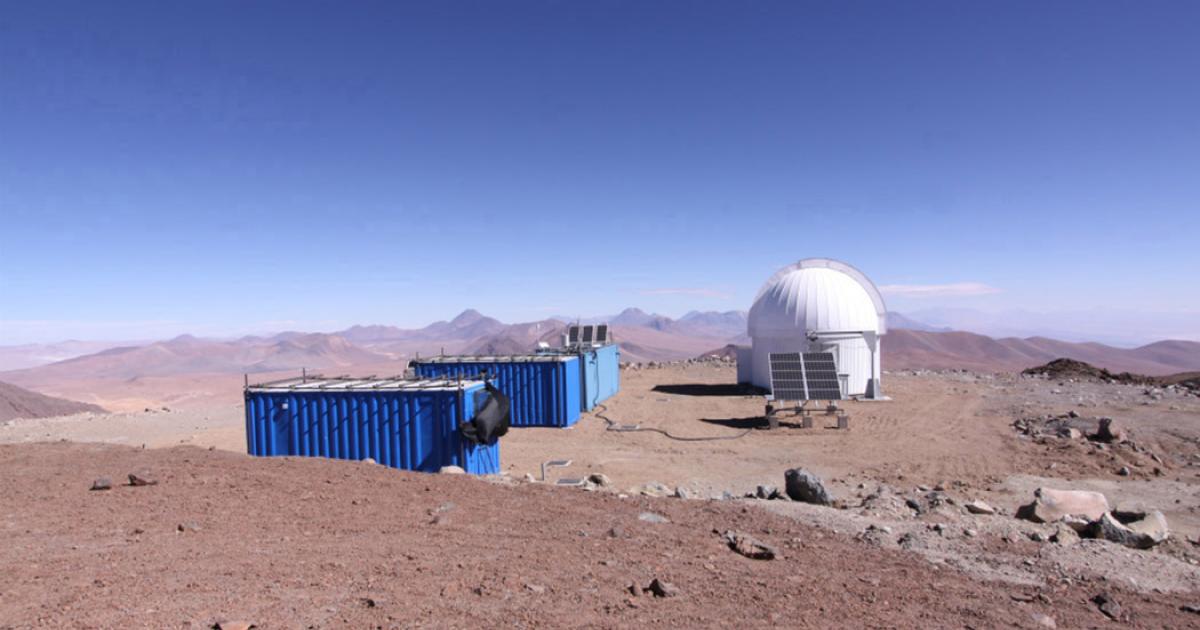An engineer and physicist capture and immortalize snowflakes at the North and South Poles – the only ones in the world. Their mission: to make research visible through art.
Thomas Hoffmann has an unusual hobby. He worked with physicist Helen Hoffman on a special operation in Antarctica to preserve snowflakes.
Thanks to a special adhesive and a working surface at minus 40 degrees Celsius, the mission was a success: they are the only ones in the world to have preserved snowflakes from Arctic and Antarctic winters. Exhibits from its collection can be viewed at the Local History Museum in Ramstein in Rhineland-Palatinate until March 31, 2024.
Thomas Hofmann, Antarctic snowflake hunter: For him, collecting snowflakes is more of a leisure activity than a job.
The idea came during the winter
The idea of preserving snowflakes during the winter developed at the Neumayer Research Station in Antarctica. For months, the engineer and scientist were isolated in the dark and ice with only eight other people.
It's hard to survive without a hobby, but it can't be just a hobby. The two have turned their personal enthusiasm for the beauty of the polar regions and snow and ice crystals into their own art SWRScience Editor mentioned. There was enough time and equipment for this: experiments could begin in the station's workshop.
Sample of Antarctic glacial ice: From here researchers can draw conclusions about the life cycle of ice.
It's growing slowly Collect chips
The basic technology has been around since the 1960s: a special glue hardens around a frozen snowflake, which evaporates very slowly – leaving behind a visible imprint. By testing different adhesive mixtures, Thomas Hofmann was able to reproduce snowflakes more accurately. Since then, the chip collection has been growing.
The preserved snowflakes from the 2019 MOSAiC expedition are unique, and Thomas Hofmann is one of the few people to have spent a winter in the Arctic. He was part of the expedition ship's crew for ten months and also collected snowflakes.
Snowflakes make science and research visible
Disadvantages of small immortalized snowflakes: In order to see the fine details you have to look at them through a microscope. So Helen Hoffman came up with the idea of preserving much larger cross-sections of ice samples from her research. It delivered meter-long ice rods of Arctic ice to a depth of several hundred metres, and Thomas Hofmann used his manufacturing prowess to turn them into a light installation.
The structure shows the transition from fresh snowflakes to 200,000-year-old Arctic ice. Even tiny air bubbles as old as the ice itself can be seen, and Helen Hoffman is researching these air pockets in order to understand how the Earth's atmosphere formed thousands of years ago.
Thomas and Helen Hoffman in front of their installation “Under Pressure”, which depicts the life cycle of ice.
A combination of art and science
Ice isn't the only thing useful for science: there are comprehensive data sets for every snowflake. According to Thomas Hoffmann, only experts can do something with this, and they are few. To share their fascination, they started the Cryosity project. In German: a combination of ice cream and curiosities. Through the collection of art pieces, they want to inspire people about snowflakes and ancient ice, but they also want to create a bridge between the hard realities of climate research and the fleeting beauty of nature.
Thomas Hofmann recently returned to the station at the South Pole and could not resist – he was busy collecting ice crystals in his free time. This time it's not snowflakes, but the fruit of a snow cave. He and his wife, Helen, already have several ideas about what should go into the collection's newest pieces. However, this remains primarily their leisure activity, and the two have to admit this, because they have demanding jobs.
If you want to preserve the snowflake for yourself next time it snows, it's best to use a brush, as it makes it easier to pick up the snowflake and move it onto a piece of glass. A drop of superglue holds the foil in place. Another glass pane is then placed on top to seal it. After two days in the refrigerator, the snowflake should keep forever.
Max Ellenburg, SWR, Tagesschau, January 17, 2024, 5:59 pm

“Tv expert. Hardcore creator. Extreme music fan. Lifelong twitter geek. Certified travel enthusiast. Baconaholic. Pop culture nerd. Reader. Freelance student.”







More Stories
Construction of the world's tallest telescope has been completed
Roma and Sinti have to change places
Mysterious methane on Mars: NASA has a new theory